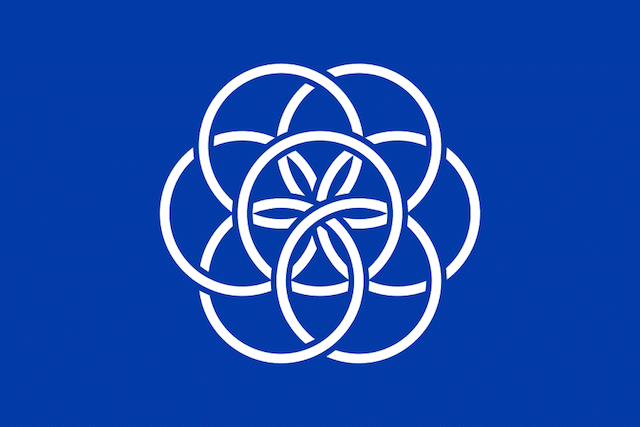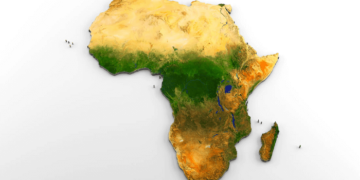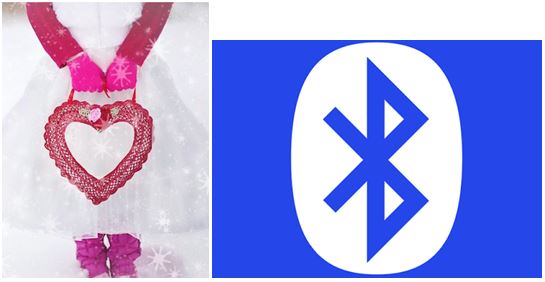7. The International Flag of Planet Earth

Each mission to space today uses different national flags, depending on which country is funding it. And while this is all fine and good, astronauts, regardless of their country of origin, stand for the planet as a whole, not just that particular country that’s funding them. This is why a flag for planet Earth was designed to be used when we ultimately (theoretically) travel to Mars and colonize the Red Planet. Made out of seven white interlocking rings over a blue field, they are meant to represent all life on Earth. But the symbol itself is much older than this flag and is more commonly known as “The Seed of Life.” Considered to be part of “Sacred Geometry”, a term used to represent universal geometrical patterns often times found in nature, the Seed of Life bears a striking resemblance to a cellular structure during embryonic development.
What’s really interesting about it is the fact that the Seed of Life, as well as the larger Flower of Life, was found throughout many places of the world. The oldest example was discovered in the Temple of Osiris in Abydos, Egypt and is dated back to about 5,000-6,000 years ago. But the design was also used in Buddhist temples in China and Japan, in present-day Turkey, in India, all throughout Europe, in Iraq, and many other places. The Seed of Life also plays an important role in various major religions. In old Slavic religions, the Seed of Life symbol stood for the sun.





































Discussion about this post